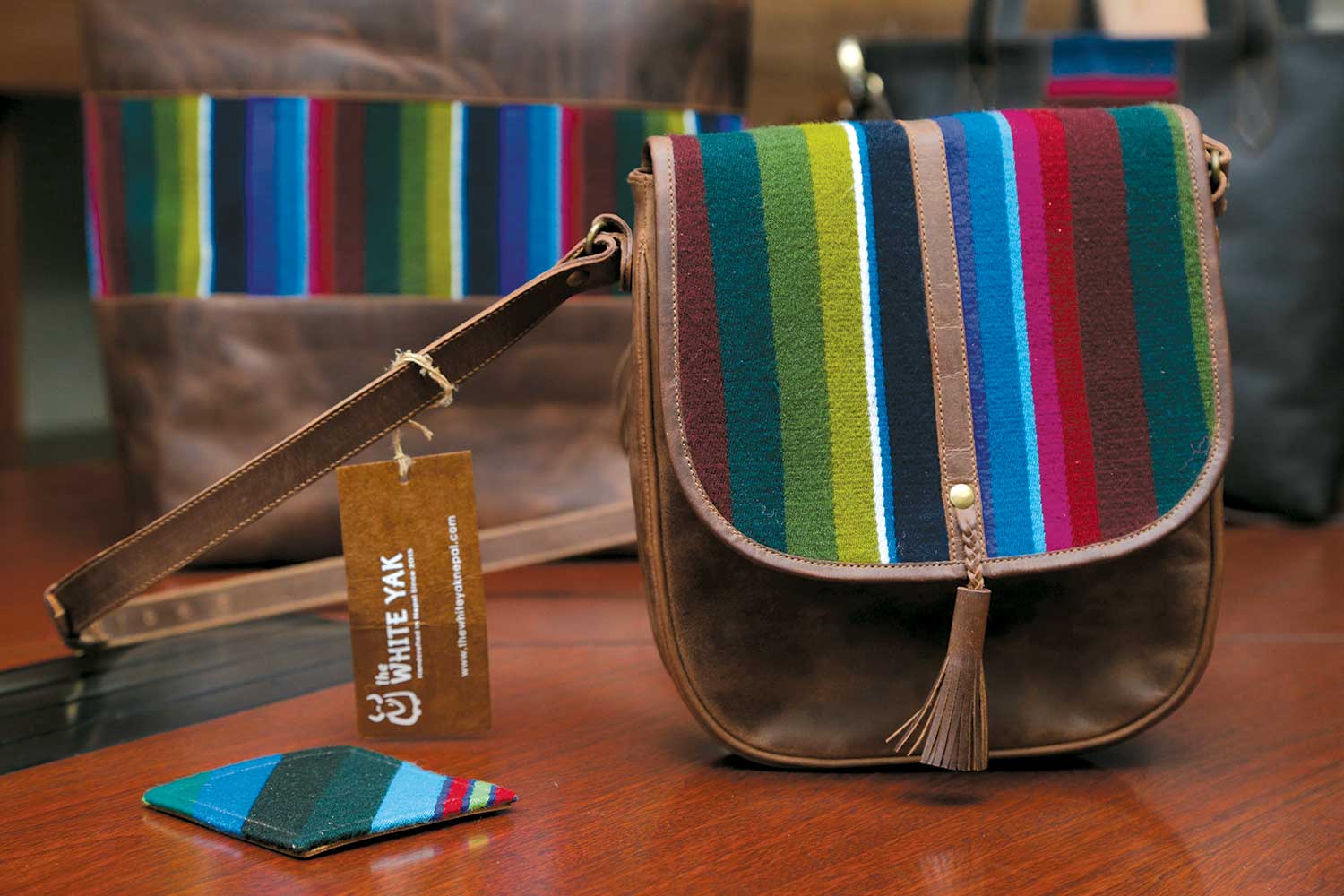Few places have salvaged their character in the face of development as successfully as Marpha. The road that has changed every place it passes through in Mustang has been made to change its route; it runs grudgingly far from the main town, unlike in many other towns and villages of the region where it cuts right across the center. The only machine that runs on the flagstone streets of Marpha are motorbikes—the possession of those who have made it big on the tourism business. Tibetans running curio shops gently press you to come in and “take a look,” as though they were inviting you in for a cup of tea.
Languor is Marpha’s special quality. There is none of the frenzy and kerfuffle of a thriving town. Marpha stands out more for the indolence of its life. People make money – lots of it – in Marpha, but that too, like everything in this place, happens almost without effort.
 The sense of community runs deep in Marpha. Being an endogamous community, everyone is related to everyone in Marpha. When I was there recently, there was a marriage. People closed their lodges to help with the preparations for the event. The entire town was focused on the marriage. My friend and I were asked to look after the hotel we were staying in. Our job was to shut the door behind us when we went out. Not having the authority to take in guests, we turned away tourists who wanted a room on many occasions. In the evening when the owners returned, we told them about the customers they had lost. The owners didn’t care one bit about the lost opportunity. Community was above all else.
The sense of community runs deep in Marpha. Being an endogamous community, everyone is related to everyone in Marpha. When I was there recently, there was a marriage. People closed their lodges to help with the preparations for the event. The entire town was focused on the marriage. My friend and I were asked to look after the hotel we were staying in. Our job was to shut the door behind us when we went out. Not having the authority to take in guests, we turned away tourists who wanted a room on many occasions. In the evening when the owners returned, we told them about the customers they had lost. The owners didn’t care one bit about the lost opportunity. Community was above all else.
Marpha has been hailed as the apple capital of Nepal. Every house that has space has an apple tree. Apple products – apple brandy, apple pie, dried apple – stack the shelves in every shop. It appeared to me that in Marpha most other aspects of life are left to ripen just like the apples on the trees. Opposite the street from our hotel a Tibetan man stood outside his shop everyday, making no effort to sell. And on the mud roof of houses piles of wood several generations old lay exposed to the elements. I thought Marphalis weren’t very different from their apple trees, requiring only the soil, sun, air, and water to live.
Marpha’s pace of life is in symphony with the cadence of its surroundings: the green swaths of wheat swaying in the wind; the distant waterfall that the afternoon wind would not allow to reach ground, cutting short a phase in its inevitable return to the skies. Like that waterfall, the lives of Marphalis continually flow, plunge, and rise to a sublime form.









